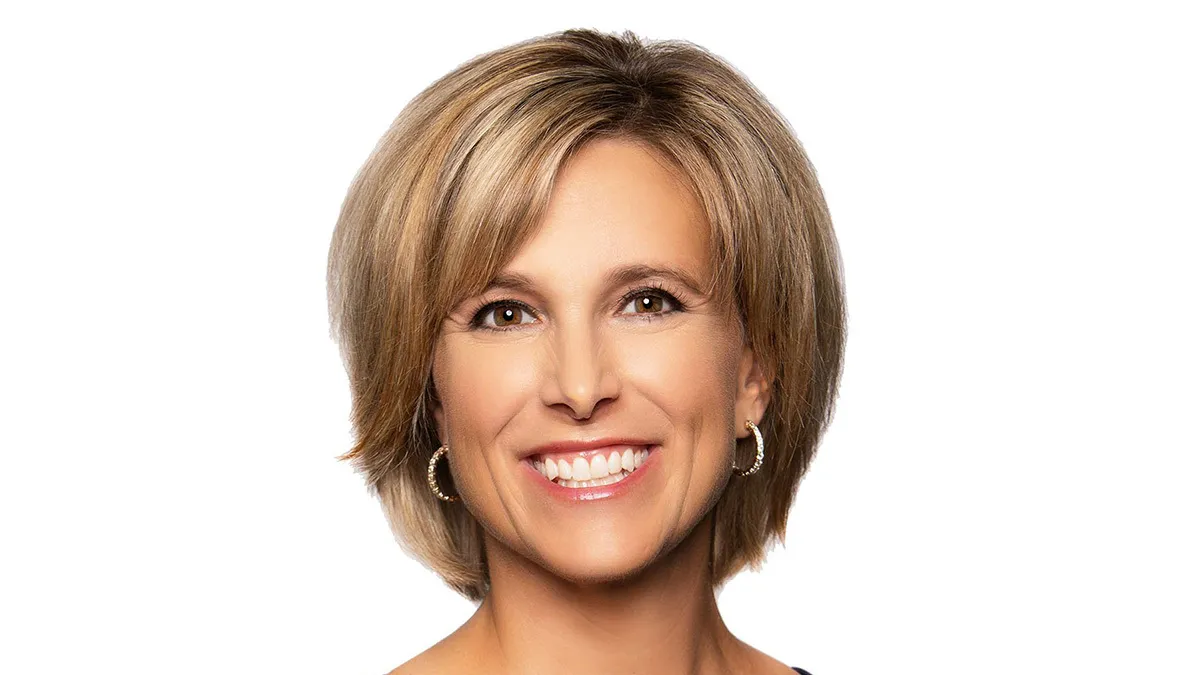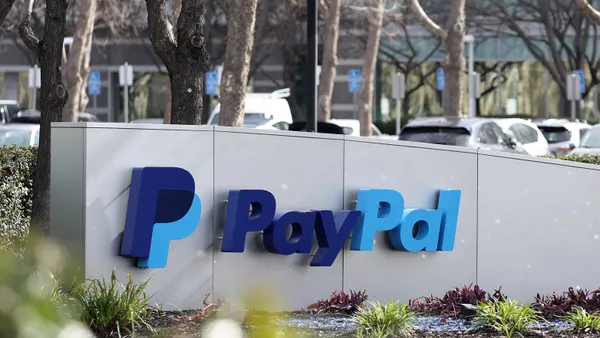Dive Brief:
- JPMorgan Chase, the biggest U.S. bank, has built an embedded payments offering over the past four years that has targeted healthcare, autos and e-commerce marketplaces, but it’s on the hunt for other industry opportunities, a bank executive said this month.
- The bank developed the business for commercial clients with a hybrid approach to building in-house and being open to acquisitions, said Lia Cao, who is JPMorgan’s global head of embedded finance and solutions and the first person to lead the division.
- JPMorgan has already made an acquisition to enter the healthcare embedded payments realm. Other industries that Cao said might be ripe for the bank to buy into include the insurance industry; the energy industry, specifically oil and gas; and the consumer retail industry.
Dive Insight:
With its embedded payments software products and services, JPMorgan is allowing its corporate clients to embed payments capabilities in their own systems so they, in turn, can offer payments services to their customers.
“The technology, and also the consumer demand, really dramatically changed or heightened the expectation that experiences need to be smooth and frictionless and within the ecosystem,” Cao said in an interview, explaining the bank’s interest in pursuing embedded payments services.
Cao has been with JPMorgan for about 13 years, but she took her current role about a year ago, working from New York and overseeing about 300 employees.
JPMorgan saw a need for the new offering because its corporate clients were asking for it. For instance, in healthcare, the bank’s clients were increasingly seeking to digitize their customers’ experiences to move away from paper-based systems. To get a jump on building the services for that industry, JPMorgan bought Instamed in 2019.
In autos, the bank partnered with Volkswagen to help the German auto-maker develop an in-house mobile payments software solution.
“More of our commerce clients don't like the experience of jumping out and logging into another system to do payments or banking, because then they may lose that seller, or they may lose that merchant,” she said. “So my product set, that we're building at JPMorgan, is to be able to offer these modular services that can be embedded into the platform.”
JPMorgan is competing against top payments fintechs in the embedded payments arena, including rivals such as Adyen and Stripe as well as smaller companies such as Marqeta. Unlike those players though, JPMorgan has the benefit of being a bank, with a full financial infrastructure, its own payment rails, liquidity and built-in merchant acquiring services, Cao notes.
“I think fintechs always will have a place and offer that niche solution, that industry-tailored solution,” Cao said. “I think our advantage is we are a scalable solution across the board, across the entire value chain. So I think we definitely will coexist, and we will partner and we will compete.”
As to whether some of the fintech competitors will fade away, or be purchased, Cao doesn’t expect them to disappear entirely.
“I view them as offering really good point solutions,” Cao said. The fintechs “have a great experience,” she said. “It’s very smooth, which is something we need to learn and we need to get better at,” she added.
To the extent her JPMorgan division needs additional capabilities, Cao seems predisposed to build them in-house, as opposed to buying them, partly because she has pulled together a large technology team that has already proved it can build native software solutions.
In some verticals, she might be more interested in potential acquisitions. “We'll pick our own spots to build in-house solutions, but then we'll partner with fintechs or acquire them, like in the Instamed case,” Cao said.
Industries with unique needs, such as insurance as well as oil and gas, that are moving toward digitization, as well as the retail industry, which is specializing in omnichannel, might make more attractive targets. Those are industries “where we are analyzing” and considering how there could be “tailored solutions for those industries,” Cao said.
While she’s open to acquisitions, they aren’t always the best choice, she said. Sometimes the acquisition of a fintech is more complicated because of the integration.











